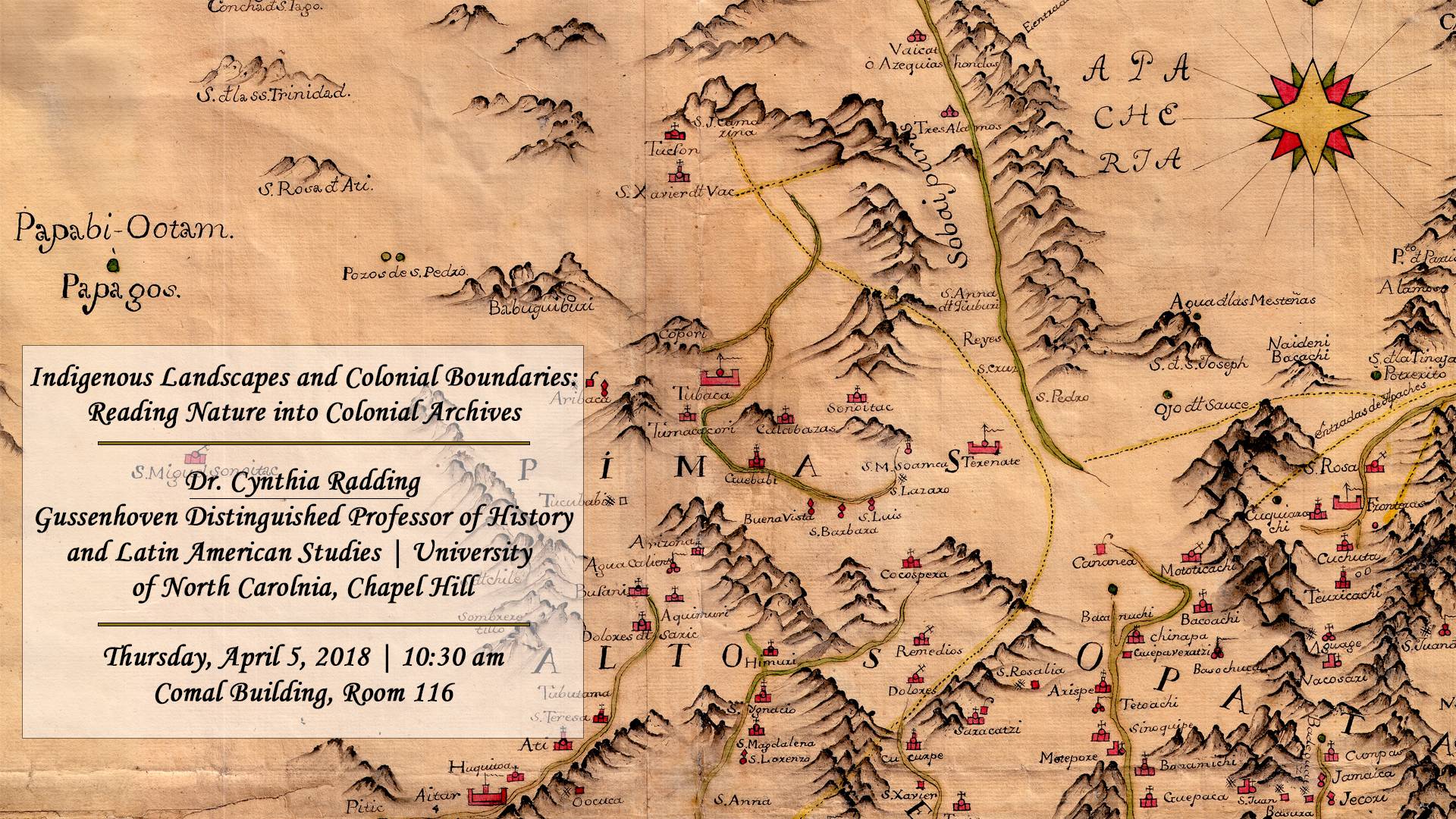This presentation builds an environmental history from below by integrating the production of cultural landscapes with the practices of indigenous peoples, the values they ascribed to the land itself, and the organization of labor that made it possible for them to sustain communities and mixed agrarian economies in the arid lands of northwestern Mexico. It draws on the interdisciplinary traditions of cultural geography, archaeology, anthropology, and documentary history that represent over a century of scholarship devoted to the complex web of relationships between the land and different groups of indigenous and mixed populations in the colonial regimes of the Americas. Indigenous perceptions of their environment were rooted in the landscapes they had created in the course of pursuing subsistence strategies for centuries before European contact, which they adapted to the exigencies and the opportunities of the colonial economy. Subsistence strategies in the arid environments of the coastal plains and highland valleys bordering the Sonora and Chihuahua Deserts required access to a diverse range of resources and ecological spaces. Following the initial violent encounters with early Spanish entradas, native villages in these borderlands coalesced into consolidated mission towns, whose internal economies combined traditional cropping and irrigation methods with European cultigens and livestock. Their settlement patterns were altered even further as they intersected with the colonial enterprises of mining, livestock raising, and commercial agriculture that developed in northwestern New Spain. Indians were not explicitly “environmentalists” in their world view. Nevertheless, their territorial defense was based on holistic practices of land use that included arable land for cultivation, coastal estuaries, and the monte of forests and grasslands for foraging. The meanings ascribed to places and the intensity of the conflicts over basic resources stemmed from practices that linked labor to water and land, including the renewable vitality of the monte.

